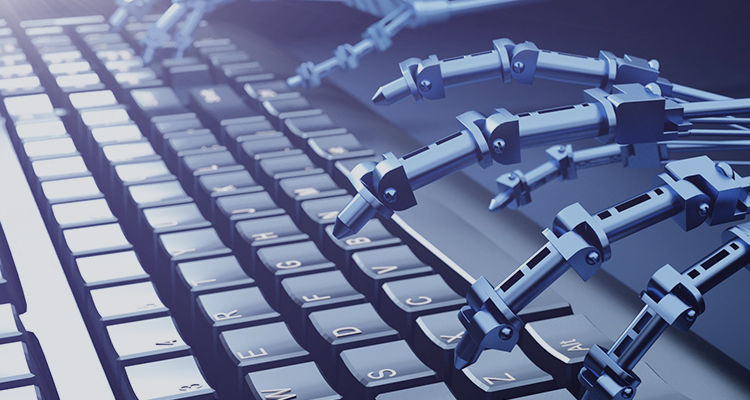1.The FR-4 we often choose is not the name of a material
We often refer to "FR-4" as a code for a class of flame-resistant materials. It represents a material specification in which a resin material must be able to extinguish itself after being burned. Material grade, so currently there are many types of FR-4 grade materials used in general circuit boards, but most of them are so-called Tera-Function epoxy resins plus fillers and glass fiber Made of composite materials.For example, the FR-4 water-green glass fiber board and black glass fiber board made by our family now have high temperature resistance, insulation, and flame retardant functions. Therefore, when choosing materials, you must figure out what characteristics of the materials you need to achieve. So that you can buy the products you need
Flexible printed circuit board (Flexible Printed Circuit Board, FPC for short) is also called flexible printed circuit board, or flexible printed circuit board. The flexible printed circuit board is a product in which a circuit pattern is designed and produced on a flexible substrate in a printed manner.
There are two main types of printed circuit board substrates: organic substrate materials and inorganic substrate materials. Organic substrate materials are the most used. The PCB substrates used are different for different layers. For example, prefabricated composite materials are used for 3 to 4 layer boards, and glass-epoxy materials are mostly used for double-sided boards.


